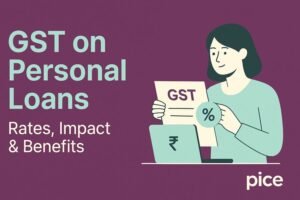What Is the Place of Supply Under GST: A Guide
- 19 Nov 24
- 11 mins
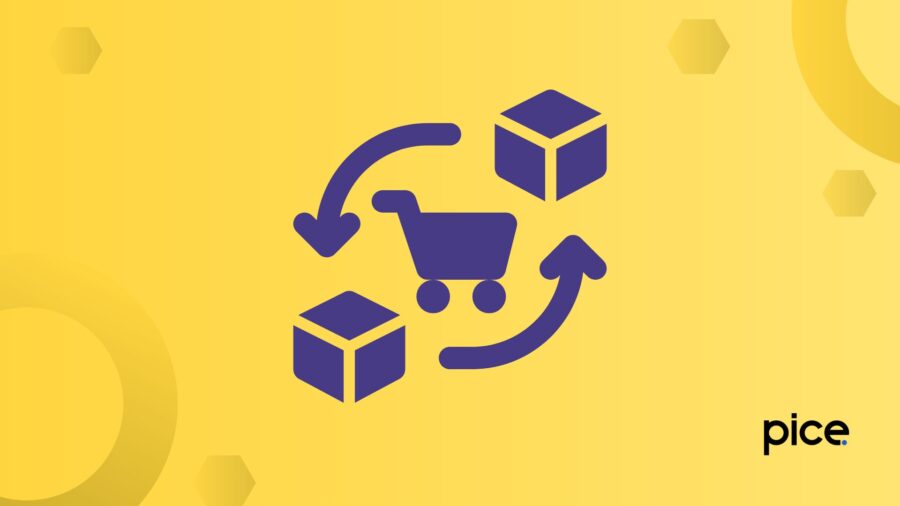
What Is the Place of Supply Under GST: A Guide
- What Is the Place of Supply in GST?
- Why Should We Determine the Place of Supply?
- Types of Supply
- Contents of Bill of Supply
- How Does GST Impact the Bill of Supply?
- Place of Supply Under GST When There Is a Movement of Goods
- Place of Supply Under GST When There Is No Movement of Goods
- Place of Supply of Services in Domestic Transactions
- Conclusion
Key Takeaways
- Place of Supply: Determines CGST, SGST, UTGST, or IGST applicability for tax compliance.
- Goods vs. Services: Rules vary; goods depend on delivery, services on recipient location.
- Domestic vs. International: Different GST applies for intra/interstate, exports, and imports.
- Specific Provisions: Rules for sectors like immovable property, transport, and banking.
- Compliance & Planning: Accurate place of supply ensures compliance and avoids penalties.
GST is a destination-based tax levied in the state where either goods or services are ultimately consumed. Under this framework, the applicable taxes can include CGST, SGST, UTGST and IGST. For accurate determination of the correct type of tax liability, it is essential to assess the nature of the supply, which can either be a domestic inter-state supply or an intra-state supply.
Two major factors determine the nature of supply in GST. These are the place of supply under GST and the location of supplier. It can either be a domestic transaction or a cross-border transaction (also known as an international transaction). Understanding these concepts is crucial for navigating GST regulations effectively.
What Is the Place of Supply in GST?
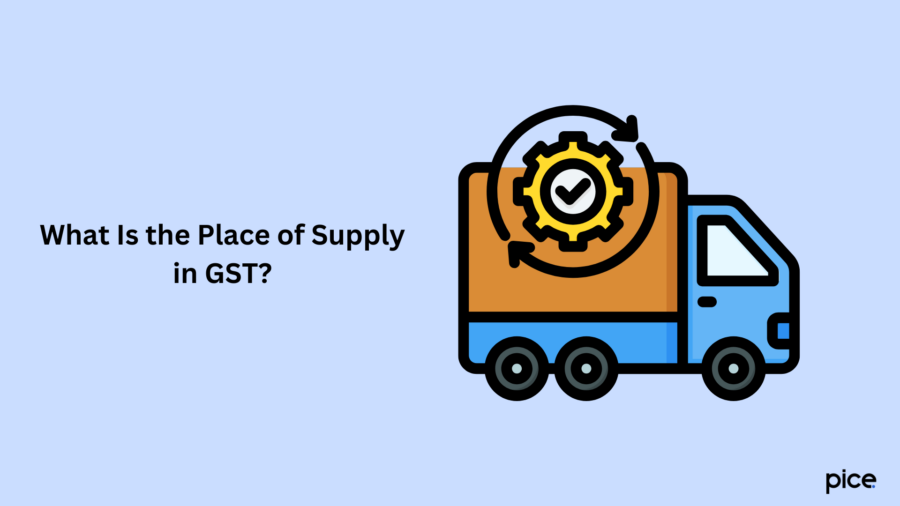
The place of supply under GST is where the goods or services are deemed to be supplied. It holds significant importance in determining the applicability of the type of GST like CGST, SGST or IGST to a particular transaction. The place of supply rules related to goods and services vary from each other.
For goods, the place of supply is the destination where the goods are delivered. In cases of transport of goods, the place of supply is the destination where the transport ends. For services, the place of supply is the location of the service recipient, though special provisions exist for different types of service like real estate, transportation and telecommunications.
So it becomes very important that a business entity correctly decides its place of supply under GST to fulfil the business compliance and avoid some form of penalty. It is important to note that when goods are used for cross border transaction without entering India it will not be a supply in a taxable territory.
Why Should We Determine the Place of Supply?
It is important to determine the place of supply because GST is charged in different forms - IGST (Integrated GST), CGST (Central GST), SGST (State GST) and UTGST (Union Territory GST). The kind of GST payable depends on whether the it is a domestic inter-state supply (across different states or union territories) or intra-state supply (within the same state). To figure this out, the location of recipient and seller is crucial. The identifcation of location of recipient is essential as it helps establish the correct tax rate.
Types of Supply
The following are the different types of supply:
Interstate Supply
This type of supply of services happens when the location of supplier of service and recipient of service are in different states. IGST is charged on inter-state transactions.
Intrastate Supply
This happens in cases where the location of supplier of services and recipient of services are within the same state. In intra-state transactions, both CGST and SGST will be paid.
Export Supply
Exports supply includes the cross-border transaction, i.e. goods from India to any destination outside India. Under GST, exports are zero-rated, implying that no tax is imposed, but an exporter can avail a credit of input tax.
Import Supply
This is a supply of services or goods entering India from other countries. The import supply attracts IGST, which has to be paid by the importer at the time of supply.
Contents of Bill of Supply
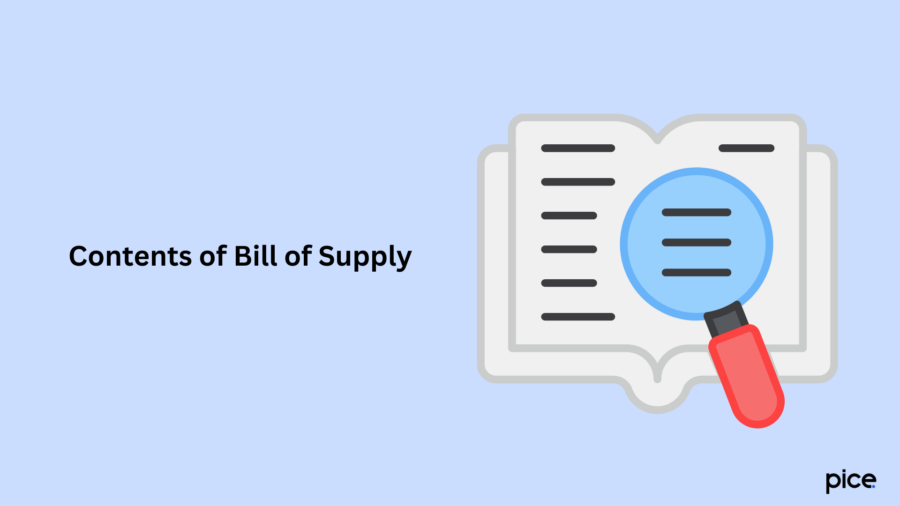
You need to provide the following accurate content while filling out the bill of supply:
Seller and Buyer Information
The name, address, and GSTIN of the supplier and recipient of service are required.
Invoice Number and Date
A unique serial number must be assigned to the bill of supply. Moreover, the date and time of issue for the bill is also necessary.
Description of Goods or Services
A detailed description of the goods or services being supplied should be provided. The HSN code is required for goods and the SAC code for services.
Value of Goods or Services
The value of goods or services refers to the amount charged for the goods or services provided, excluding the GST component.
Total Amount
The total amount payable, excluding GST and any additional fees or charges, if applicable, must be mentioned.
Signature
A manual or digital signature of the supplier of services or an authorised representative must be included.
How Does GST Impact the Bill of Supply?
The bill of supply is a vital document under the GST system for transactions where no tax applies. It is issued for exempted goods or services or by suppliers registered under the composition scheme. It does not include CGST, SGST, or IGST, simplifying documentation for non-taxable transactions.
The bill of supply must meet the GST and direct tax compliance, detailing the descriptions, quantities, and values of goods or services without any tax amounts. This business compliance helps in clear documentation of non-taxable transactions. Issuing a bill of supply is crucial for traders as it helps maintain accurate records , essential during audits to verify direct tax compliance.
Place of Supply Under GST When There Is a Movement of Goods
According to Section 10(1)(a), when goods are supplied and involve movement—whether by the supplier, recipient, or a third party—the place of supply is where the goods are located when their movement ends for delivery. This rule ensures the correct tax jurisdiction is established based on the final destination of the goods.
For example, if goods are shipped from Maharashtra to Karnataka, the place of supplies services is Karnataka, where the recipient receives the goods. This distinction affects whether you pay IGST or a combination of CGST and SGST.
Additionally, for supplies directed on a "bill to-ship to" basis, the place of supply is where the third party receives the goods. Understanding these provisions is crucial for business entity to correctly apply taxes and avoid disputes with tax authorities.
Place of Supply Under GST When There Is No Movement of Goods
According to Section 10(1)(c) of the GST law, for immovable property (by either the supplier or recipient of service), the place of supply is determined by the location of the goods at the time the immovable property is handed over to the service recipient.
This applies when the buyer takes possession of the goods at the supplier’s premises without any transportation. It ensures that the tax is applied at the time of supply, aligning with the principle that GST is charged where the supply of services is consumed.
Suppose you have a company, based in Mysore. Now, you open a branch office in Pune and buy a building on rent along with pre-installed furniture and computers. While there will be no GST liability on purchase of building for office, the furniture and computers which are present in the building are subject to GST liability.
Since there is no movement of office furniture or computers, the place of supply for these goods would be the address of service receiver at the time of delivery which is Pune.
Place of Supply of Services in Domestic Transactions
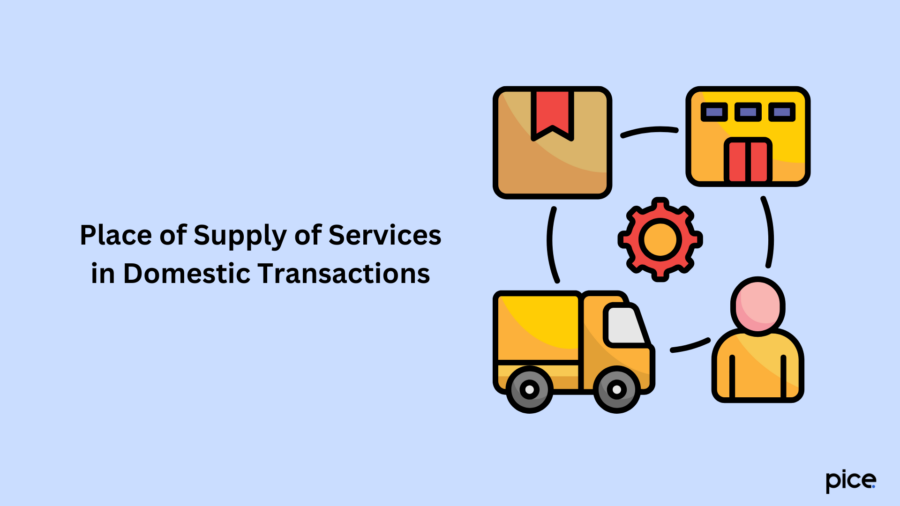
When both the supplier and recipient of services are located in India, the place of supply is determined according to Section 12 of the IGST Act, 2017. This section outlines two main categories: General Provisions and Specific Provisions.
1. General Provisions (Section 12(2))
The general provisions apply when the service does not fall under any specific category outlined in Section 12.
- For Registered Recipients: If the recipient is a registered person, the location of recipient will be considered the place of supply. For instance, if Supplier A provides services to Registered Recipient B, the place of supply of service will be where Recipient B is located.
- For Unregistered Recipients: If the recipient is an unregistered person, the place of supply of service is also determined by the location of recipient, provided that the supplier has the address of recipient on record at the time of delivery.
2. Specific Provisions
General provisions do not adequately address all situations related to service provision. Therefore, special provisions apply to specific services, as defined in subsections (3) to (14) of Section 12. These specific cases include:
- Services in Relation to Immovable Property/ Boat / Vessel (Section 12(3))
This section addresses services associated with immovable property or boats/vessels, categorized as follows:
- Services directly related to immovable property (e.g., architectural services, surveying).
- Rights granted to use immovable property or coordination of construction work.
- Lodging accommodation services like accommodation by hotel, inns, guest house, etc.
- Accommodation for events like marriages or official functions.
- Ancillary services linked to the above
- Restaurant, Personal Grooming, Fitness, and Health Services (Section 12(4))
The place of supply for restaurant, catering services, grooming, fitness, plastic surgery, beauty, and health services is where these services are performed.
- Training and Performance Appraisal Services (Section 12(5))
The place of supply for training and performance appraisal varies:
- B2B transactions: Location of service receiver
- B2C transactions: Where the service is performed.
- Admission to Events, Amusement Parks or Other Places (Section 12(6))
- Event Organisation Services (Section 12(7))
For event organization:
- B2B transaction: Location of service receiver.
- B2C transaction: Location of event.
If the event spans multiple States/UTs, the place of supply corresponds to each State/UT based on service value.
- Transportation of Goods, Including Mails (Section 12(8))
For goods transportation services including mails or courier services:
- Business to Business Supply: Location of service receiver.
- Business to Consumer Supply: Location where goods are handed over for transportation.
- Passenger Transportation Services (Section 12(9))
For transportation of passengers, when the service is provided to a registered person, the place of supply is the location of service recipient and if to an unregistered person, it is where the passenger boards during journey.
- Services Provided on Board a Conveyance (Section 12(10))
Services provided on conveyances (e.g., trains, motor vehicles) have a place of supply at the first scheduled departure point.
- Telecommunication Services (Section 12(11))
Services related to fixed telecommunication lines, leased circuits, internet leased circuits, cable connection or dish antenna, post-paid and pre-paid mobile connections, and internet services through vouchers.
- Supply of Banking, Financial, and Stock Broking Services (Section 12(12))
The place of supply for banking company and financial institutions is the location of the recipient as per the records of supplier.
- Insurance Services (Section 12(13))
For insurance services, if provided to a registered recipient, the place of supply is the location of recipient and for unregistered person location, it is based on the location of service provider.
- Advertisement Services to the Government (Section 12(14))
Conclusion
Understanding the place of supply under GST is a crucial element for business entities in avoiding legal problems and penalties caused by inappropriate tax submissions. This also assists in strategic tax planning and pricing.
Apart from this, the place of supply rules have been framed to avoid double taxation or under-taxed circumstances to reach out to a competitive market. Moreover, it plays a crucial role in giving clarity and smooth efficiency while gathering and distributing taxes.
💡If you want to streamline your payment and make GST payments, consider using the PICE App. Explore the PICE App today and take your business to new heights
FAQs
 By
By 








